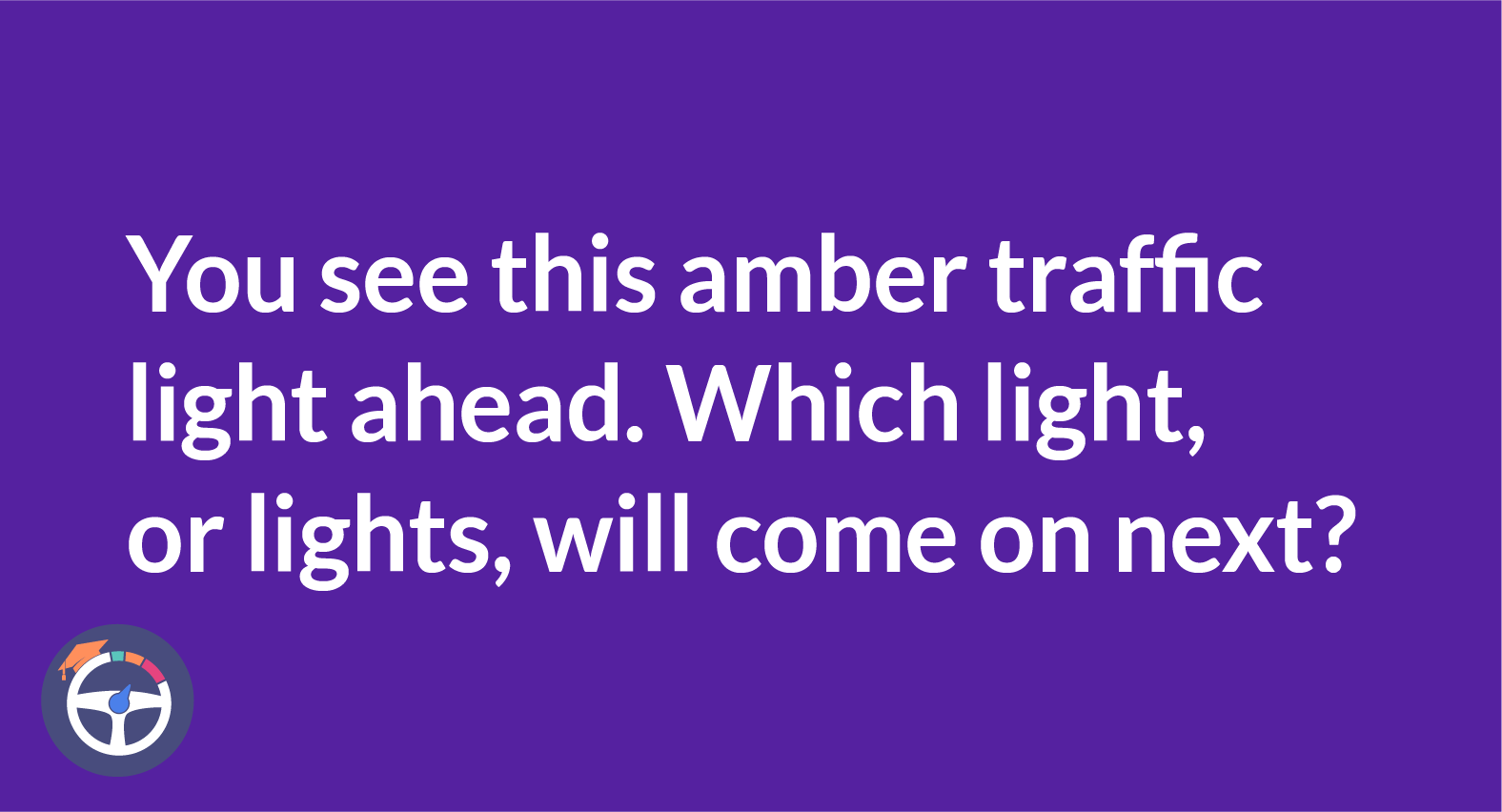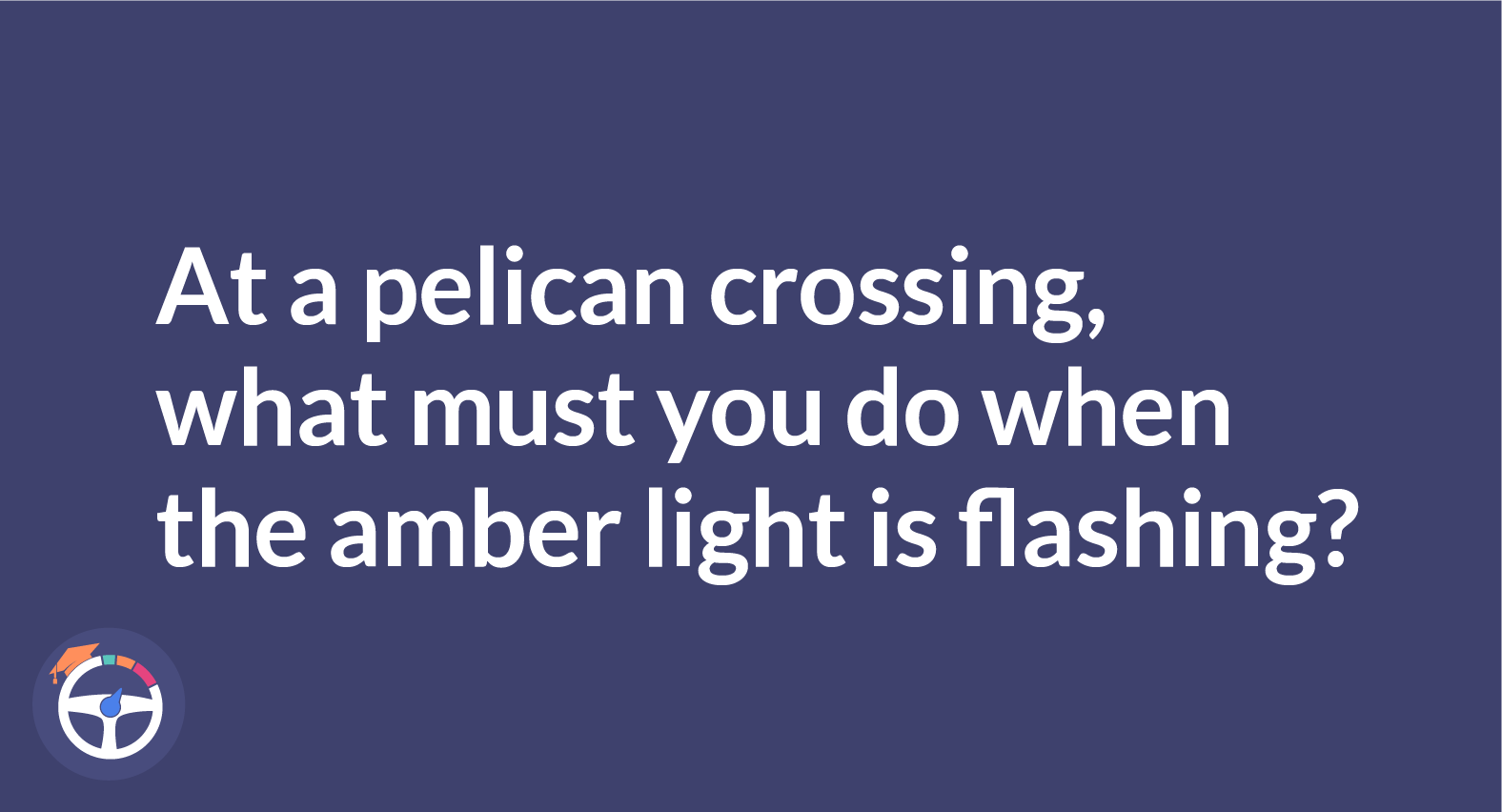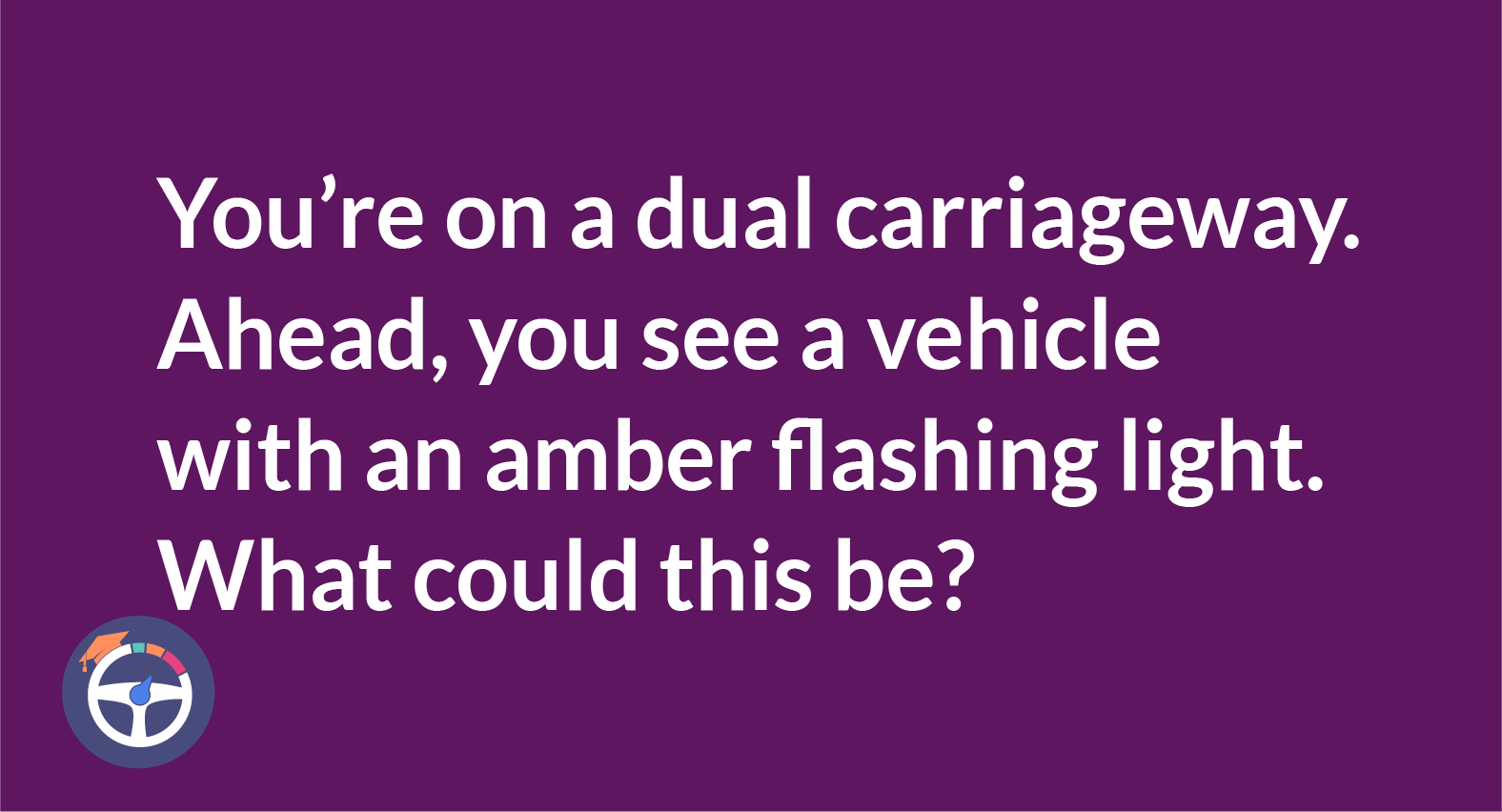Which light will come on next after the amber traffic light?
At junctions controlled by traffic lights, you must stop behind the white line until the lights turn green. A red light, amber light, or a combination of red and amber lights all indicate that you must stop. You can proceed when the light is green, unless your exit road is obstructed or pedestrians are crossing in front of you. If you see traffic lights from a distance and the light has been green for a while, be prepared to slow down and stop, as it may change soon.

Contents
- Which light will come on next after the amber traffic light?
- FAQ
- What should I do if I'm already in the intersection when the light turns amber?
- Can I turn left or right at an intersection when the light turns amber?
- Are there any exceptions to stopping at an amber light
- Do all countries use amber lights in their traffic signals
- What should I do if I encounter a malfunctioning amber traffic light?
Navigating traffic signals is an essential part of driving, and understanding what each signal means can help drivers make safe decisions on the road. One common question that arises is, "You see this amber traffic light ahead. Which light, or lights, will come on next?"
When you see this amber traffic light ahead, it's crucial to know what to expect next. In most cases, when you see the amber light, the next light that will come on is the red light alone. This signals to drivers that they should prepare to stop as the signal is transitioning from "proceed with caution" to "stop."
Understanding the sequence of traffic signals is essential for safe driving. When you see the amber light, it's a warning that the signal is about to change, and you should be prepared to stop if it is safe to do so. Ignoring the amber light and attempting to speed through the intersection can be dangerous and may result in accidents or fines.
To ensure you are following traffic laws and promoting safety on the road, always pay attention to traffic signals and obey them accordingly. If you see the amber light ahead, be prepared to stop at the red light that follows. This simple action can help prevent accidents and keep everyone on the road safe.
When you see the amber traffic light ahead, remember that the next light that will come on is the red light alone. By understanding this sequence and obeying traffic signals, you can contribute to safer roads for yourself and other road users.
FAQ
1. What should I do if I'm already in the intersection when the light turns amber?
If you're already in the intersection when the light changes to amber, proceed through the intersection safely. Clear the intersection as soon as possible without accelerating.
2. Can I turn left or right at an intersection when the light turns amber?
In most cases, you can turn left or right at an intersection when the light turns amber. This is allowed provided it is safe to do so. Ensure you can complete the turn without endangering pedestrians or other vehicles.
3. Are there any exceptions to stopping at an amber light?
Yes, there are exceptions to stopping at an amber light. These include situations where you're unable to stop safely without causing a rear-end collision. Another exception is if you're too close to the intersection to stop in time.
4. Do all countries use amber lights in their traffic signals?
While amber lights are commonly used in traffic signals worldwide. Each country may have its own regulations and systems for traffic signals. Some countries may use different colors or signals to indicate caution or transition between green and red lights.
5. What should I do if I encounter a malfunctioning amber traffic light?
If you encounter a malfunctioning amber traffic light, treat it as a cautionary signal. Proceed with caution as if it were a stop sign. Be sure to yield to other vehicles and pedestrians as necessary to ensure safety at the intersection. If possible, report the malfunctioning light to local authorities for repair.


